Diageo is calling time on Pimm’s O’Clock.
The London spirits giant has reportedly instructed advisers from investment bank Rothschild to seek out possible buyers for Pimm’s, alongside a clutch of other non-core brands.
The possible sale of Pimm’s – a gin-based drink that has been part of the Diageo furniture since its conception in 1997 – comes as the Johnnie Walker maker looks to bounce back from a tricky 12 months, under new CEO Debra Crew.
Analysts at Jeffries said talk of a sale indicated Diageo was focused on “reducing exposure to lower growth and lower return assets”. Recent disposals including Archers, Windsor and Picon are evidence of this strategy in action.
Why Pimm’s is no longer Diageo’s priority
And Pimm’s is far from a priority brand. Its retail sales are, according to IWSR, somewhere in the region of £86m, or just 0.2% of global Diageo revenues.
Despite attempts to extend the brand’s appeal – a short-lived ‘Winter Cup’ has long since been discontinued – Pimm’s has only ever really gained traction in the UK, and during the summer months.
Around 70% of its sales are domestic, with a further 16% being contributed by the English-speaking markets of the US and Australia. Volumes are also highly cyclical, peaking around the Wimbledon tennis tournament (of which Pimm’s is a sponsor) before falling off dramatically in the colder months.
So rumours of a disposal shouldn’t come as a shock. What’s more pertinent, is to ask: who could look to buy Pimm’s, and – if they did – what might they do with it?
Who is likely to be interested in acquiring Pimm’s?
Owing to its seasonality and lack of global appeal, an overseas buyer for Pimm’s seems unlikely. Campari has had success in reviving unloved brands, but given the momentum behind Aperol in the UK, and its recent splurge on Courvoisier, it’s doubtful the Italian giant would come calling, though one analyst told The Grocer they “wouldn’t rule them out of the bidding process”.
Diageo’s main spirits rival Pernod Ricard, meanwhile, is focused on growing its own French bitters/aperitif brand Lillet.
A smaller, overseas buyer could make Pimm’s a target in a bid to make in-roads in the UK, according to former Pernod Ricard UK commercial director Chris Ellis.
“It would be interesting to an international player like Jägermeister looking to grow their business here,” he says. “More radically, a European player like Stock Spirits could also look to use it as a Trojan horse to bring their brands to market.”
He concedes, however, that a UK spirits brand owner is equally likely. Someone who can lean into Pimm’s quintessentially British nature. And someone that doesn’t necessarily need Pimm’s to be a global brand for it to be a success.
Could William Grant & Sons buy Pimm’s?
Pimm’s could sit nicely, then, in the portfolio of a group like William Grant & Sons. The company lacks an out-and-out aperitif brand in its portfolio, which is itself a blend between mainstream products like Grant’s Whisky and Sailor Jerry Rum, and more premium offerings such as Glenfiddich, Hendrick’s, Monkey Shoulder and its most recent purchase, Silent Pool Gin.
Though based in Scotland, William Grant also has its headquarters in Richmond, south west London, which would make an ideal base from which to continue Pimm’s association with that most famous of grass court tennis tournaments.
Could William Grant & Sons afford Pimm’s? Its turnover for the year ended 31 December 2022 grew by 21.7%, to £1.72bn, while after-tax profits climbed 33.8% to £331.3m. A deal for Pimm’s, therefore, would be within reach, with one industry source telling The Grocer a sum of between £40m-60m could be enough to persuade Diageo to part with the brand.
For any new owner, refreshing Pimm’s image ought to be a priority. Its bestselling No 1 variant last underwent a minor refresh in 2021, but the brand’s visuals have remained largely unchanged under Diageo’s stewardship.
With aperitifs and digestifs enjoying a resurgence in popularity in the UK, any repositioning would need to maintain elements of Pimm’s traditional ‘Britishness’ while seeking to establish it as a product that can be consumed in a wider variety of drinks, and at different occasions. Tapping into the brand’s rich history of different “cups” with new NPD could be one way to achieve this.
It’s an ambition unlikely to be achieved overnight, but one that’s arguably essential for the brand’s long-term survival.











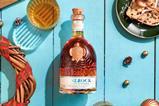
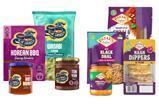
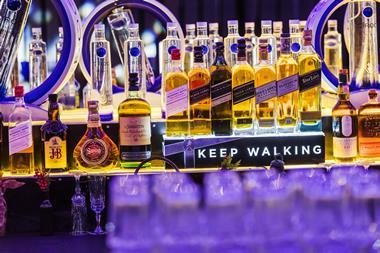




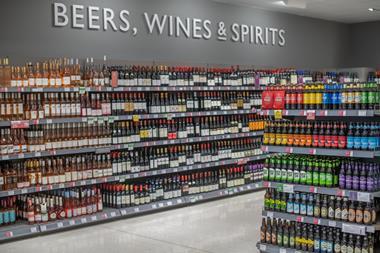
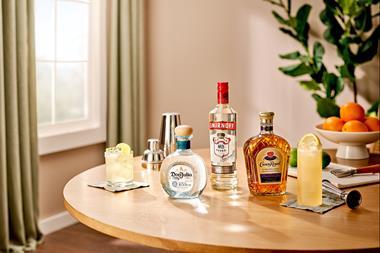
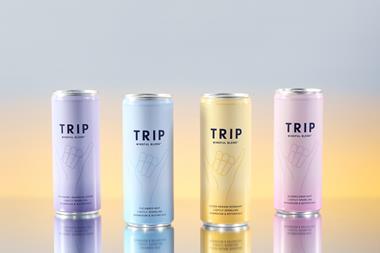



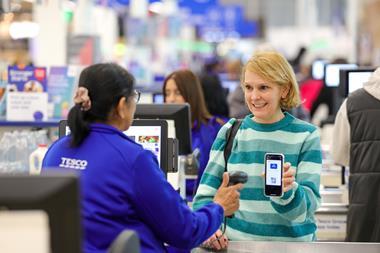
No comments yet